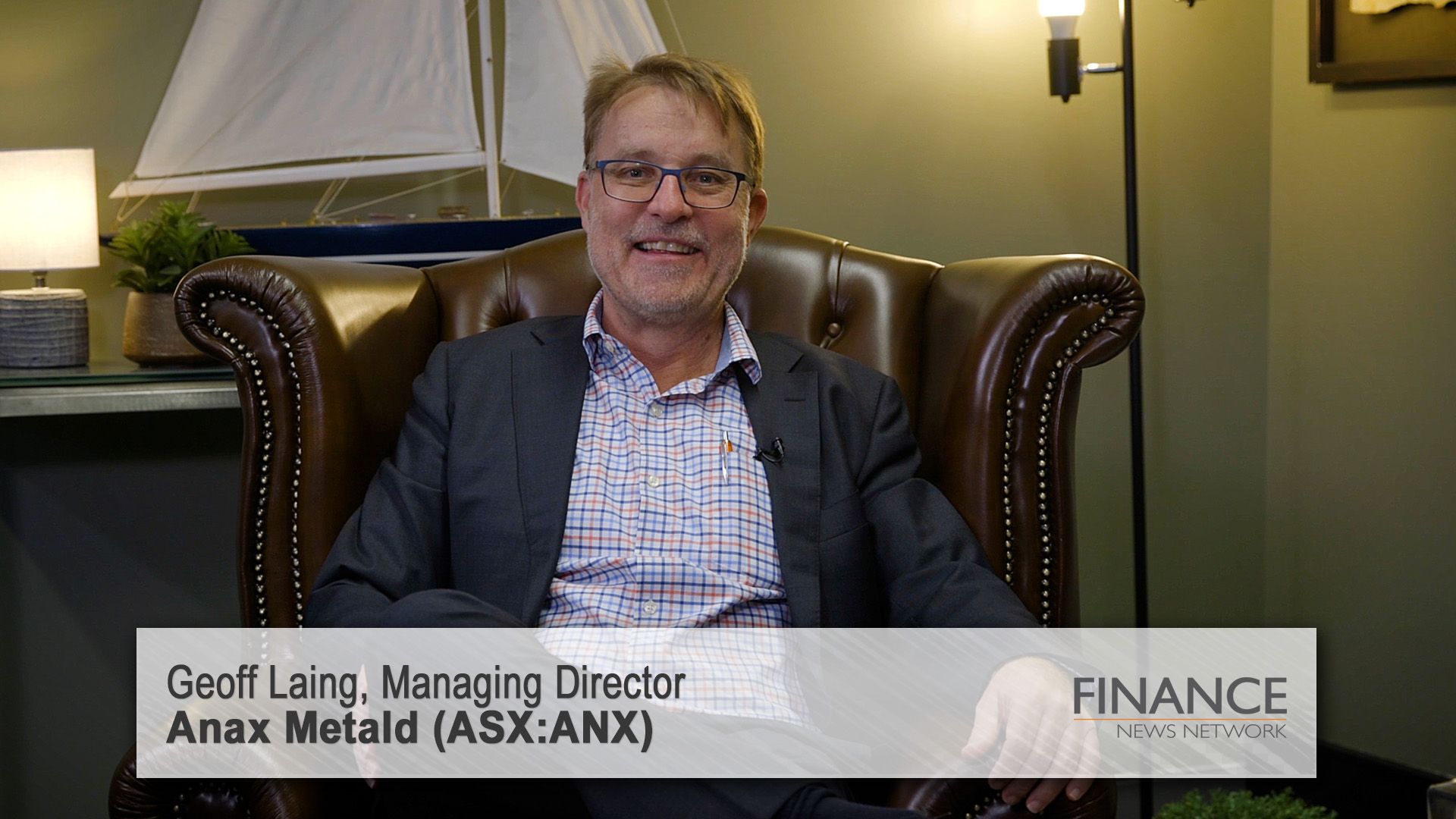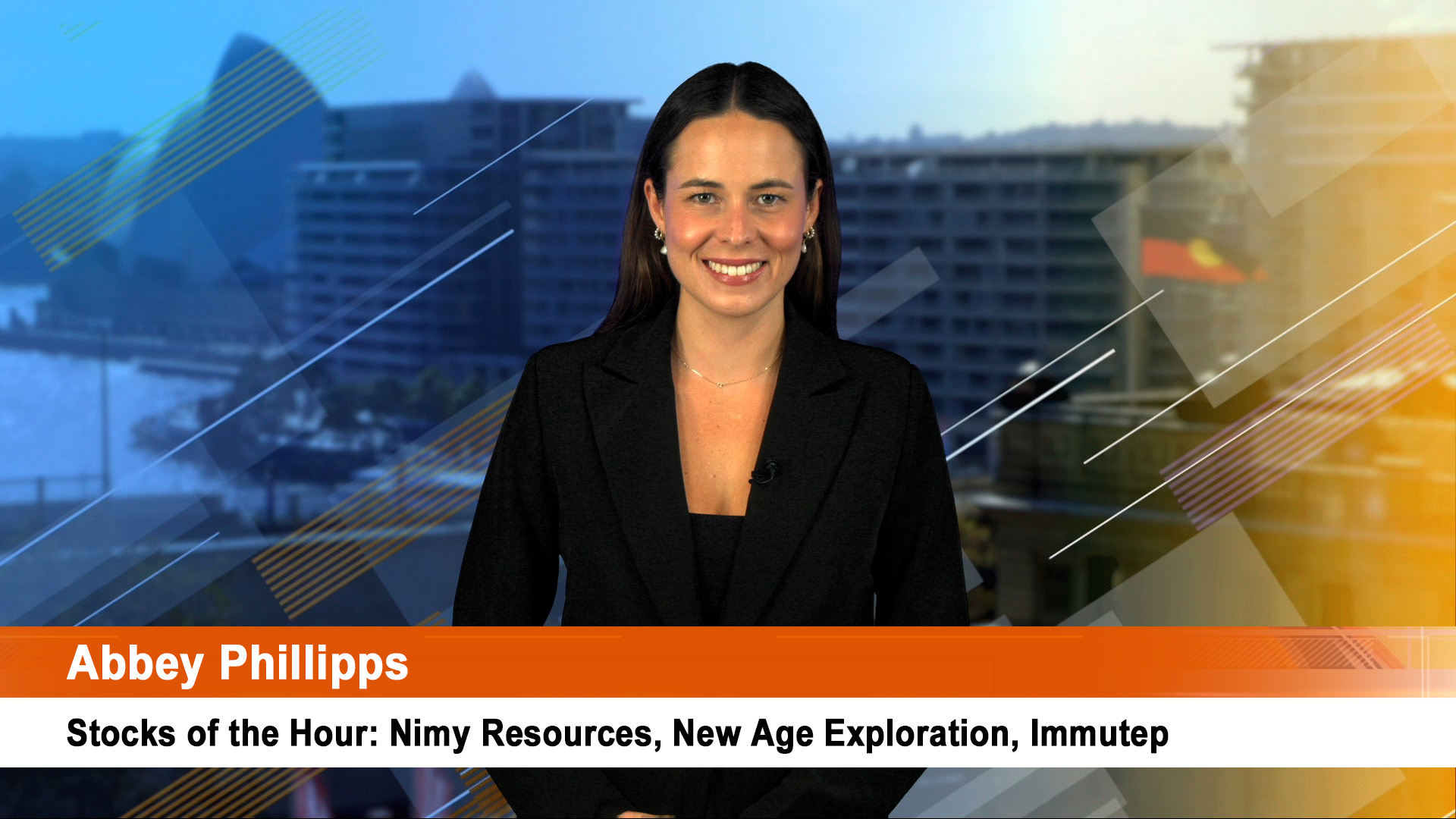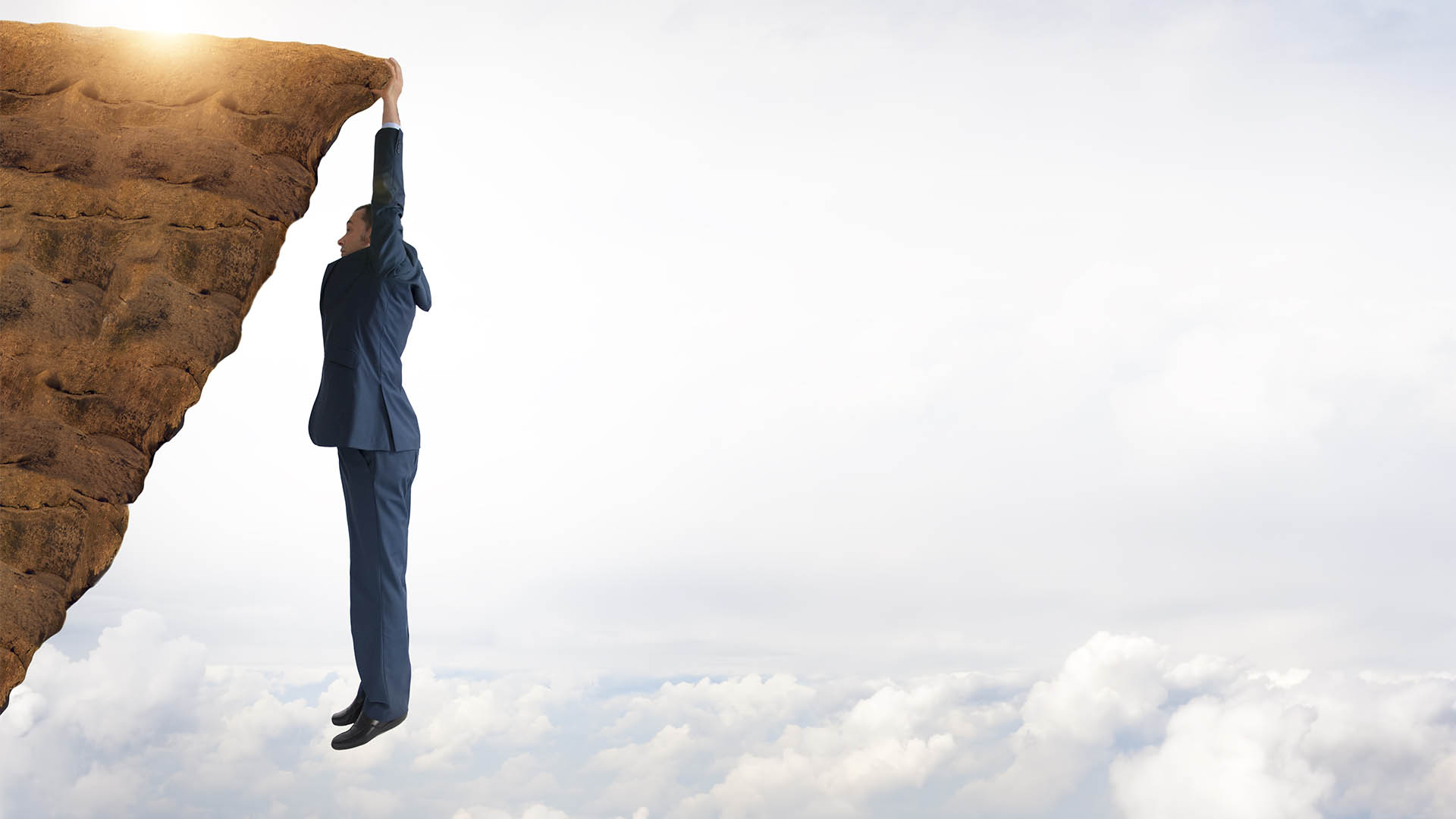The next data point for the Reserve Bank and economists (and those who have lived through the situation previously) to worry about was confirmed in yesterday’s June quarter GDP figures from the Australian Bureau of Statistics.
The figures showed that the Australian economy grew faster in the three months to June thanks to consumers who again ran down their savings for a 5th successive quarter to finance spending.
The Australian Bureau of Statistics (ABS (http://www.abs.gov.au/ausstats/abs@.nsf/mf/5206.0?opendocument&ref=HPKI) figures showed the Australian economy grew by 0.8%, seasonally adjusted in the June quarter, up from the weak 0.3% in the three months to March – which was much better than early forecasts a week ago.
The ABS said a 1% rise in domestic spending was the main factor with household consumption up 0.7% thanks to higher sending on food, clothing and household furnishings. Dwelling construction grew a moderate 0.2% thanks to continuing growth in NSW and Queensland (two of the hot/trouble spots so far as the RBA is concerned for apartment building).
As well, the ABS pointed to stronger growth in sectors serving business. It instanced growth in what it classes Professional, Scientific and Technical Services, Financial and Insurance Services, and Information, Media and Telecommunications all recorded above trend growth (the latter saw growth confined to the telecommunications sector, not media). Manufacturing industry grew 1.8%.
But as revealed in Tuesday’s current account data, our terms of trade fell sharply in the quarter by 6% after a revised 5.6% growth in the three months to March (originally reported as 6.6%). The ABS said that impacted real net disposable income growth which fell in seasonally adjusted terms by 1.0%.
That in turn saw consumers send more in the quarter, pushing the savings rate down to 4.6%, from a reworked 5.3% rate in the March quarter (originally 4.7%).
The savings ratio is now at the lowest level since the September quarter of 2008 and if that persists will be the next data point for the central bank and economists to fret over.
Annual GDP growth for the 2016-17 financial year at 1.9%. GDP in the June quarter was 1.8% upon the same quarter in 2016, compared with the 1.7% rate in the three months to March (when quarter on quarter growth was a low and unrevised 0.3%).
The growth rate is smack on the final estimate from the Reserve Bank of 1.75% in its August Statement On Monetary Policy.
After stronger contributions from trade and government spending were signalled in data released on Tuesday, economists pushed up their estimates (some to as much as 1% to 1.2%) for quarterly growth. Earlier estimates had growth around 0.5% to 0.6% for the quarter. In response to the stronger forecasts the value of the Australian dollar jumped back over 80US cents this morning – which won’t make the RBA happy after Governor Phil Lowe warned that a consistently high currency would push down on inflation growth (and wages).
"Falling prices for key export commodities impacted the terms of trade in the June quarter, declining 6.0 per cent. This has impacted GDP in current prices, which fell 0.1 per cent as lower coal and iron ore prices contributed to more subdued company profits. Gross operating surplus from businesses declined 2.6 per cent for the quarter, ‘ the ABS said.
ABS Chief Economist, Bruce Hockman said in yesterday’s statement: “Recent swings in coal and iron ore prices have had significant effects on the Australian economy in terms of export revenues and real incomes, though export volumes continued to grow in the June quarter. Dwelling construction remains at elevated levels, although new residential building approvals are on the decline. "
Mr Hockman said: “Recent indicators showing increased business confidence appear to be reflected by the 3.2 per cent quarterly increase in purchases of new machinery and equipment as well as increases in the previously published June quarter employment and hours worked estimates.”
The AMP’s Chief Economist, Dr Shane Oliver wrote yesterday; “There is good reason to expect growth to pick up further going forward: the drag from mining investment is fading, non-mining investment is looking better, public investment is strong, trade is adding to growth and profits are rising again. But growth is likely to be constrained around 2.5-3% and underlying inflation is likely to remain low.”
And the NAB’s economics team said yesterday; " there are certainly some positive signs in the data, including for business investment and government investment. This fits with the RBA’s upbeat view on the economic outlook, is consistent with the next move in rates being up rather than down, and raises the risk that the RBA may hike sooner than we currently expect in 2019.”
“We do retain a degree of caution however – particularly when the outlook for key pillars of growth such as wages and consumer spending are clouded amidst structural changes in the labour market and high household debt levels, the exchange rate has risen, and there is a risk that the dwelling construction cycle may be peaking earlier than expected."
"In this environment, the inflation targeting central bank will need to be more confident that wages and underlying inflation will pick up in a sustainable fashion. Any emerging risks in the housing market are likely to be addressed through other (non-interest rate) channels, at least for now.”













